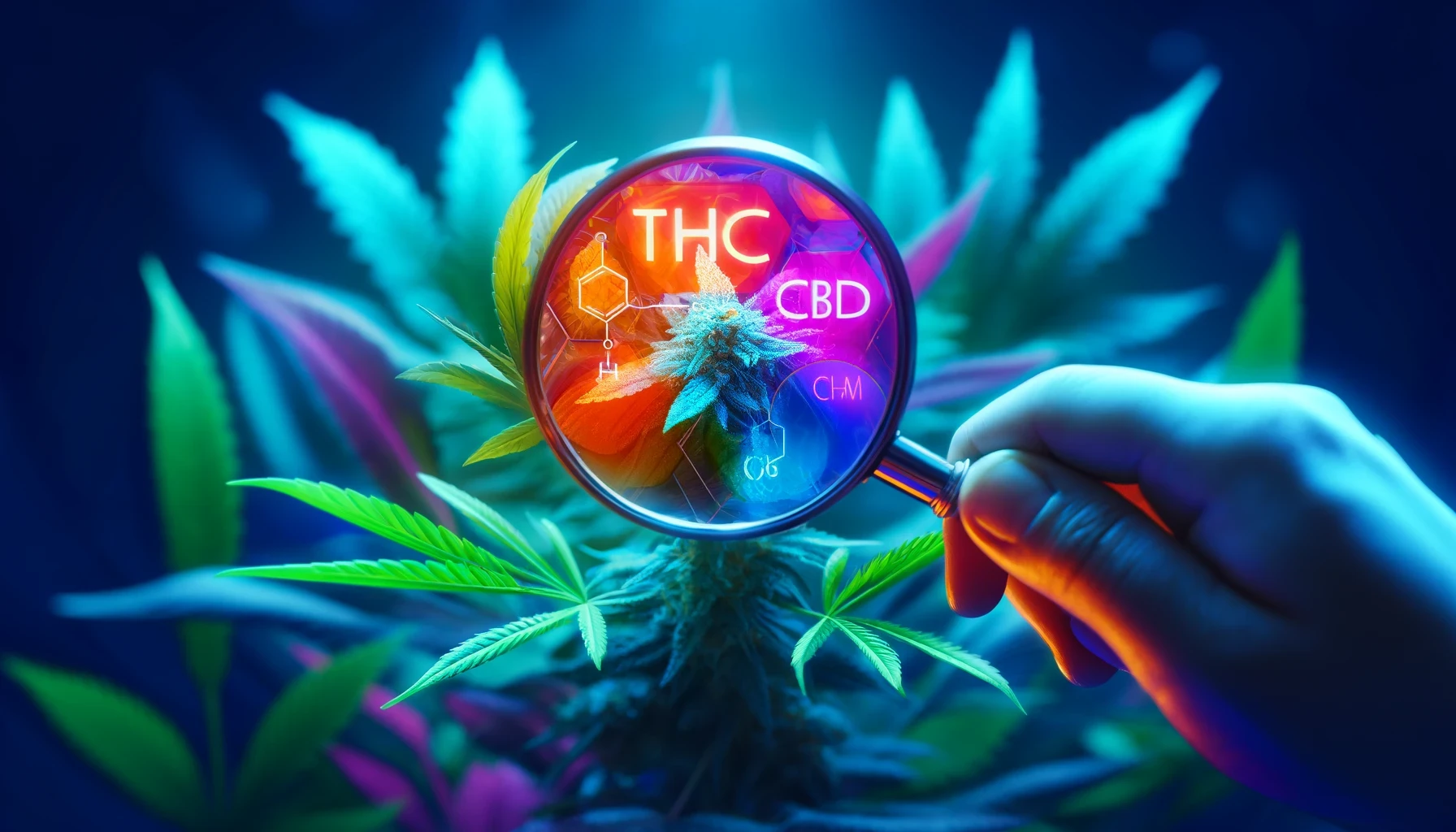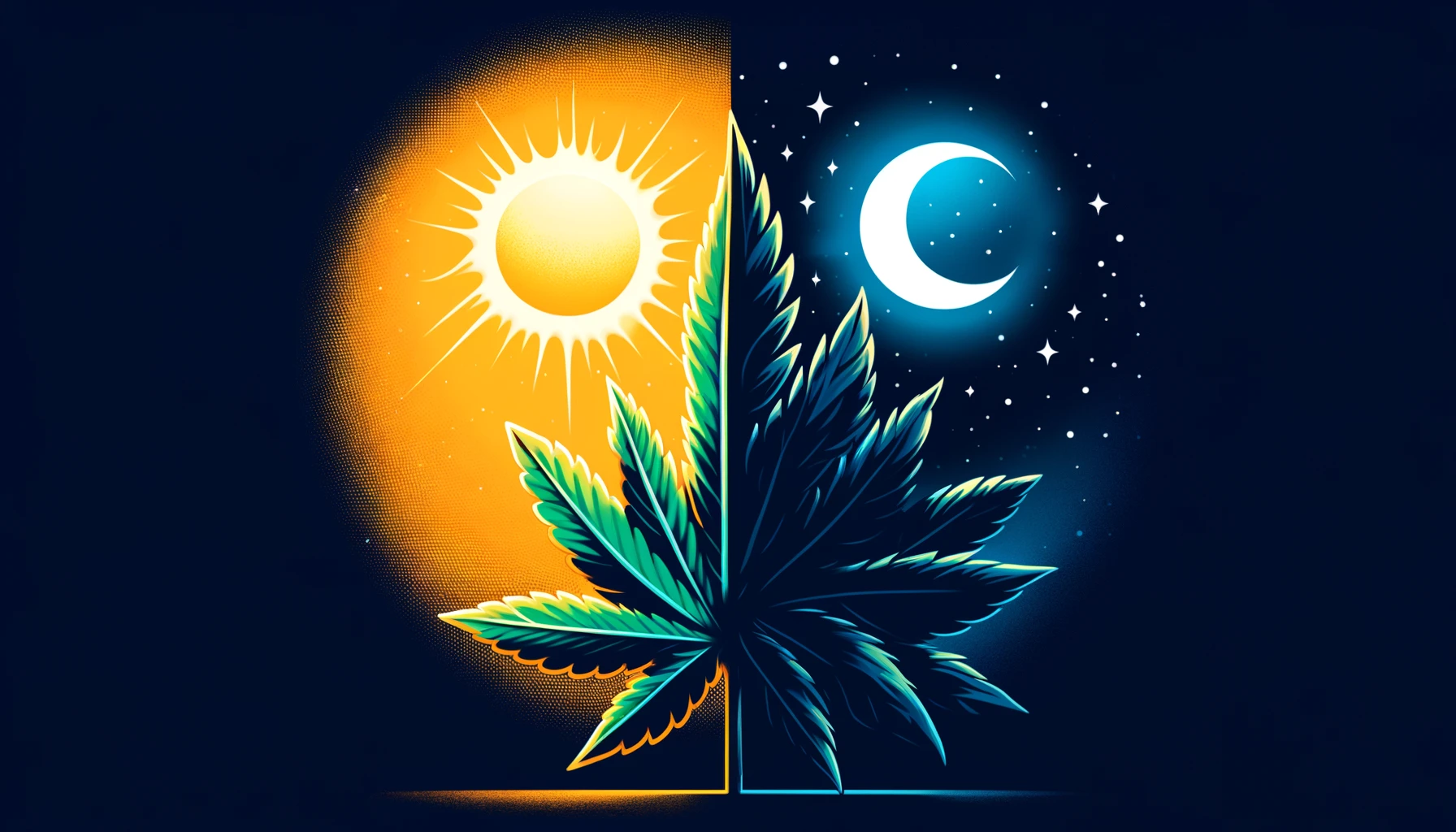The viscera of cannabis use encompasses the understanding of the two primary types of cannabis: Sativa and Indica. While the Sativa variant is widely noted for its stimulating effect, Indica primarily induces relaxation and can aid in getting a good night’s sleep.
Factors to Mull Over
A significant shift has been observed in the cannabis industry with less emphasis on the monikers ‘Indica’, ‘Sativa’, and ‘Hybrid’. In fact, growers now show a leaning towards specifying whether a plant is a chemovar (chemical variety) of:
- Type I – High in THC
- Type II – An equal blend of THC and CBD
- Type III – High in CBD
The notion of cannabis ‘strains’ seems to be sinking into oblivion, with ‘chemovars’ gaining precedence. This is largely because ‘strain’ is a term widely associated with bacteria and viruses. Simply put, the classification or type of cannabis might not be an accurate predictor of the effects you may perceive.
This detailed discussion will guide you in choosing an adequate strain aligning with your requirements, elaborate on their potential side-effects, and provide other valuable insights.
Deciphering Strain Effects
The rule of thumb circulating in cannabis user circles suggests that while Sativa invigorates, Indica soothes. However, this is a stark oversimplification.
Different plants within the same cannabis type can yield varying effects contingent on their unique chemical composition and the growth techniques employed. Here’s a pro tip: instead of just speccing out whether it’s Sativa or Indica, delve deeper into the details provided by the dispensary or the grower.
Cannabinoids
Cannabinoids are naturally occurring chemical compounds found in abundance in cannabis plants. These compounds are pivotal in delineating both the positive and negative facets of cannabis use.
Research is ongoing to discern the roles of all cannabinoids, but two have been identified as dominant characters: tetrahydrocannabinol (THC) and cannabidiol (CBD). Other relatively uncommon compounds include:
- Cannabinol (CBN): It’s generally used to mitigate symptoms and side effects of several neurological disorders.
- Tetrahydrocannabinol acid (THCA): It bears similarity to THC and yet carries no psychoactive effects.
- Cannabigerol (CBG): CBG is rumored to be of immense help in managing anxiety, symptoms of obsessive-compulsive disorder, post-traumatic stress disorder, and depression.
Terpenes
Terpenes seldom hog the limelight when talking about cannabis. Still, studies suggest they’re just as potent as THC or CBD levels in defining the type of cannabis. Terpenes, which are other natural compounds found in cannabis plants, influence the effects induced by various types.
Closer Peek into Sativa
- Origin: Sativas mainly grow in hot, dry climates with ample sunlight such as Africa, Central America, Southeast Asia, and certain parts of Western Asia.
- Plant Description: These are towering slender plants with finger-like leaves that can reach heights up to 6 ft or 2m. They have a lengthy maturity duration compared to other cannabis types.
- Typical CBD to THC Ratio: Sativas commonly have lesser CBD and higher THC content while indica leans more towards CBD than THC.
- Common Experiences: Sativa is celebrated for its ability to enliven the mind and reduce anxiety.
- When to Use: Savoring its stimulating effects is recommended during the day.
- Essential Strains: There’s a buffet of diverse sativa strains aligning with different needs.
The Lowdown on Indica
- Origin: Indigenous to Afghanistan, India, Pakistan, Turkey, Indica plants have evolved to endure the harsh, arid, tumultuous climates of the Hindu Kush mountains.
- Plant Description: They’re stubby, stout bushes with thick foliage and broad leaves. Indicas are faster growers than sativas and yield bigger bud counts.
- Typical CBD-to-THC Ratio: Indicas usually pack more CBD while not necessarily falling short on THC content.
- Commonly Associated Effects: Indica is desired for its profoundly calming effects. It may also ease nausea and pain and spike appetite levels.
- Daytime or Nighttime Use: Given its potent relaxing influence, Indicas see more action at night.
- Favored Strains: There’s a broad spectrum of indica strains, just like sativa.
Exploring the World of Hybrid, Ruderalis & Cannabis Side Effects
Diving into the Details of Hybrid Cannabis Strains
Certainly, the innovative minds of cannabis growers are ever-evolving. Each year births unique and compelling hybrid strains from an intriguing matrix of parent plants. These hybrids, a mix of Sativa and Indica strains, are specifically grown keeping in mind certain targeted effects.
- Origen: Most hybrids are industriously grown on farmland or within greenhouses.
- Physicality: The physical description of hybrid strains is not set in stone as it majorly relies on the combination of parent strains.
- CBD-to-THC Ratio: A large number of hybrid cannabis plants aim to hike up the THC percentage but maintaining a unique balance between CBD and THC is the key focus.
- Common Effects: Experts handpick hybrids with specific effects in mind. These encompass better management of stress and anxiety up to Alleviating side-effects of severe chemical treatments like chemotherapy.
- Best time for use: Whether you use hybrids during the day or at night hinges directly on the dominant and prevalent effects of the cannabis strain.
- Renowned strains: Hybrids are often categorized into Indica-dominant (Indica-dom), Sativa-dominant (Sativa-dom), or a balanced mix of both.

A Peek Into the Low-Potency Ruderalis Cannabis
An additional type of cannabis, Cannabis Ruderalis, does exist, but it’s not a common choice owing to the low potency and limited effects that it produces.
- Origen:Ruderalis strains are agricultural champs and can withstand harsh environments like Eastern Europe, India’s Himalayan regions, Siberia, and Russia. Due to their swift growth pace, these plants are perfect for cold and low sunlight conditions.
- Physicality: Ruderalis plants are compact and bushy, usually not growing taller than 12 inches. What’s fascinating? These plants grow speedily, ranging from seed to harvest in just over a month.
- CBD-to-THC Ratio: Predominantly low in THC while higher in CBD, but the potency levels might not be adequate to produce substantial effects.
- Common Effects: Due to its lowered potency, Ruderalis is not regularly utilized for medicinal or leisurely purposes.
- Usage Time: Since this cannabis strain seldom induces strong effects, it can be consumed at any time of the day or night.
- Favoured strains: On its own, Ruderalis isn’t a favourite among cannabis consumers. However, growers occasionally crossbreed Ruderalis with potent Sativa or Indica strains. The intent behind this is combining potent properties with the rapid growth cycle of Ruderalis to produce a more consumer-desirable product.
| Strain | Category | CBD | THC | Conditions |
| Acapulco Gold | sativa | 0.1% | 15–23% | • fatigue • stress • nausea • pain |
| Blue Dream | hybrid | less than 1% | 30% | • pain • cramps • inflammation • insomnia • mental fog • PTSD |
| Purple Kush | indica | less than 1% | 17–22% | • chronic pain • muscle spasms • insomnia |
| Sour Diesel | sativa | less than 1% | 20–22% | • fatigue • stress • acute pain • mental fog • anxiety • PTSD |
| Bubba Kush | indica | less than 1% | 14–25% | • insomnia • acute pain • nausea • low appetite • PTSD |
| Granddaddy Purple | indica | less than 0.1% | 17–23% | • low appetite • restless leg syndrome • insomnia |
| Afghan Kush | indica | 6% | 16–21% | • acute pain • insomnia • low appetite |
| LA Confidential | indica | 0.3% | 16–20% | • inflammation • pain • stress |
| Maui Waui | sativa | 0.55% | 13–19% | • fatigue • depression |
| Golden Goat | hybrid | 1% | 23% | • depression • anxiety • mental fog • low energy |
| Northern Lights | indica | 0.1% | 16% | • pain • mood disorders • insomnia • low appetite |
| White Widow | hybrid | less than 1% | 12–20% | • low mood • mental fog • social anxiety |
| Super Silver Haze | sativa | less than 0.1% | 16% | • stress • anxiety • mental fog • low energy |
| Pineapple Express | hybrid | less than 0.1% | 23% | • mental fog • acute pain • social anxiety |
| Supernatural | sativa | less than 1% | 22% | • migraine • glaucoma • headache • low mood |
Potential Side Effects & Risks Associated with Cannabis Consumption
The potential benefits of cannabis consumption often overshadow its side-effects. Most of these unfavourable effects are associated with THC and not with CBD or other cannabinoid components. However, purely from a consumption perspective, side-effects can arise from any cannabis product type.
The mode of consumption also significantly impacts the risk of experiencing side-effects. For instance, smoking or vaping cannabis strains can irritatingly affect your lungs and airways. This can potentially lead to subsequent coughing and respiratory issues.
Oral cannabis modes such as gummies or cookies are highly unlikely to adversely affect your overall respiratory health. However, ingestion method induces slower effects. Specifically, ingested THC morphs into 11-hydroxy-THC, which generates a more potent psychoactive impact. These effects can linger for hours and in some individuals even extend to days.









